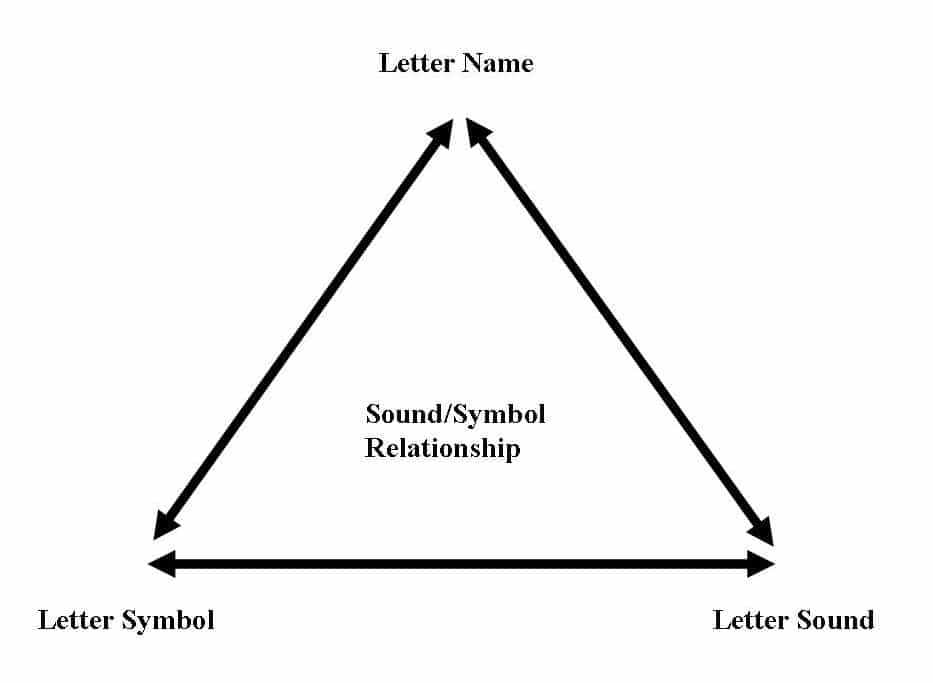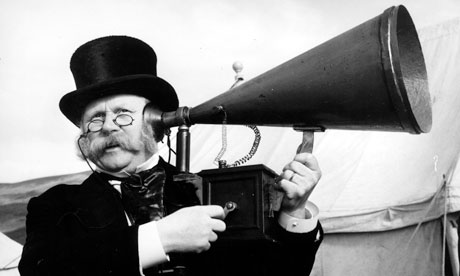The Sound Symbol Association
Understanding the 44 Sounds of English
Did you know that English uses just 44 sounds (phonemes) to build every word we speak and read? That may not sound like much, but the number of combinations is endless. For young readers, learning to hear, make, and blend these sounds is the foundation of reading.
From Sounds to Letters
Children start by recognizing and producing the 44 phonemes of English. The next step is connecting these sounds to letter names. For example: “The letter a says /a/, like in apple.” At this stage, children are adding a label (the letter’s name) to the sound they already know.
After that comes the challenge of connecting the sound and name to a symbol. A child begins to recognize that the written letter a represents the /a/ sound. This creates a three-part connection:
-
Phoneme: the sound
-
Grapheme: the written symbol
-
Letter name: the label we give it
Together, these form the foundation of sound–symbol association

Why English Isn’t Simple
If English had one letter for every sound, reading would be much easier. But we only have 26 letters to represent 44 sounds. That means some letters get used in creative ways — and readers need to learn extra rules and patterns.
-
Four letters (c, q, x, y) don’t always have their own consistent sound identity.
-
Five letters are vowels (a, e, i, o, u). Vowels give words their “voice.”
-
The remaining 17 letters are consonants, made by shaping and stopping sounds with the mouth.
So far that covers 22 sounds. Where do the others come from?
Digraphs and Special Sounds
To make the rest, English combines letters into digraphs — two letters that work together to make one sound. Examples include:
-
th → /th/ as in thin or /th/ as in this
-
sh → /sh/ as in ship
-
ch → /ch/ as in chip
-
ng → /ng/ as in ring
-
zh → /zh/ as in casual or Asia
Altogether, digraphs add seven more sounds, bringing us to 29.
Vowels: Short, Long, and R-Controlled
-
Short vowels: /a/ in apple, /e/ in egg, etc.
-
Long vowels: when vowels “say their name,” like /a/ in cake.
-
R-controlled vowels: /ar/ in car, /or/ in horn, /er/ in bird.
With these, we reach 39.
The Last Five
English finishes the set with:
-
/oo/ as in moon
-
/ʊʊ/ as in book
-
/oi/ as in boil
-
/ou/ as in cow
-
/au/ as in haul
That brings the total to 44 phonemes.
Why This Matters for Readers
Learning to connect sounds, letters, and symbols is complex. Some students struggle with:
-
Auditory processing → hearing and distinguishing sounds
-
Memory → recalling letter names, forms, or sounds
-
Multiple spellings → realizing one sound may have several spellings
This is why teachers must approach instruction with patience, playfulness, and praise. Building phonemic awareness and sound–symbol association is the key step that unlocks reading success.







